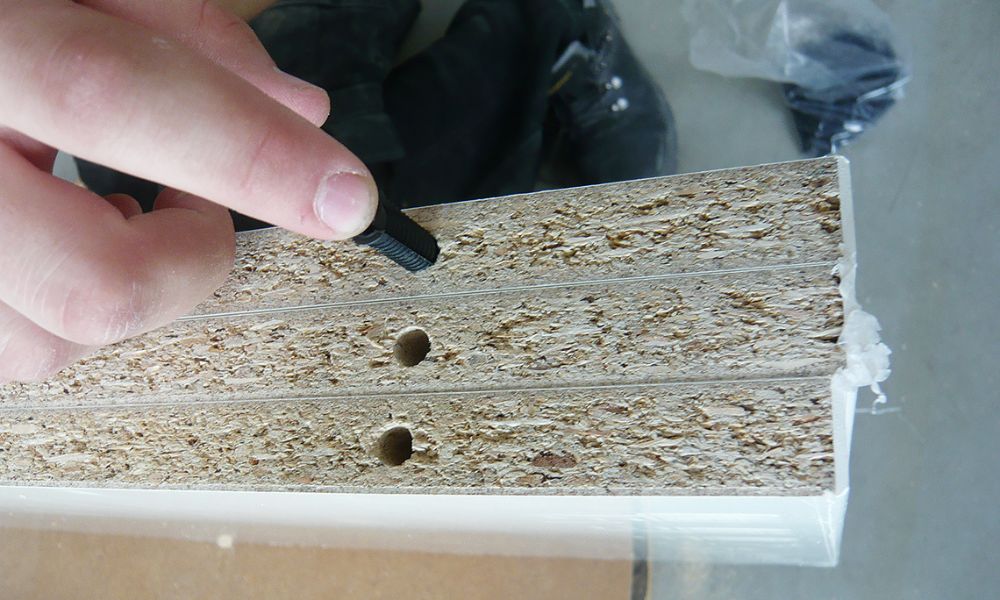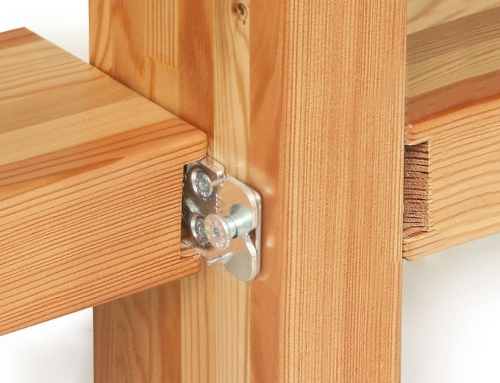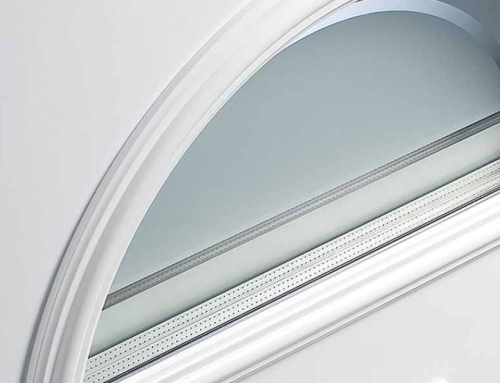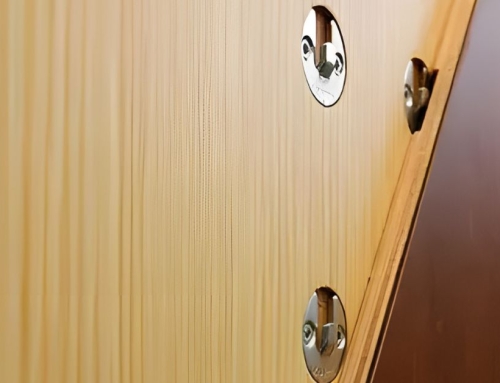Our cabinets are one of the top assets of a home. Not only do they enhance the way things look, but they also offer storage for various items. When you assemble and sell cabinets, one key thing you’ll need readily available is the proper wood fasteners for the job. Not sure what the ideal connector is? Don’t worry! This expert guide has listed how to choose the right fastener for your cabinets.
What Are Wood Fasteners?
Before we get into which fastener you should use, let’s talk about what fasteners are to help those new to the industry. Simply put, wood fasteners are items like nails, screws, bolts, pegs, biscuits, and more. A fastener works to securely connect two separate pieces of wood, which you’ll need for the box shape of a cabinet.
Types of Wood Fasteners
Not all fasteners are the same, and each best serves a specific purpose, with some more visible than others. The last thing you want is for the beautiful cabinets you spent hours crafting to break because they were too weak to hold your kitchenware.
Visible Fasteners
Many woodworkers use visible connectors for most of their projects since these are fasteners we typically see, like nails and screws. However, you can’t use just any nails or screws for cabinet assembly. Options like a #4 Phillips-drive screw are too small and not ideal for heavy-duty projects.
When building cabinets, you may also use brad nails when placing the trim around the edges for aesthetic purposes. These nails aren’t ideal for a heavy-duty job because they’re too small.
So, what visible connectors should you use? Most carpenters and wood-making experts recommend the #8 screw for the job because it’s the ideal length. These range from 5/8th to 3 inches long and usually only need about 2 ½ inch screws to get through cabinet framing.
Pro Tip
Before selecting a screw, compare its length to how much you have to push it through. If you have a ticker frame, you’ll need a longer screw to connect both pieces properly. Careful measurements are vital because you don’t want your screw to be too long or too short.
Non-Visible Connectors
Cabinets help make our kitchen and the rest of our home look even more beautiful. Non-visible connectors make achieving this even easier because you don’t see all the connection points from the outside. But just like the visible connectors many of us are used to, there are various non-visible connectors to evaluate.
Broken down by task, some of the top non-visible connectors include:
- Biscuit connectors or quick-set dowels for cabinet box assembly
- Tuck dowel or quick-set dowel for case goods
- Duo and Uno hook connectors to connect the cabinet to the wall.
Between these three tasks, you’ll have to install the end panels and shelving, place the trim, and more. Noting the appropriate tools and other essentials makes assembly easier and ensures the durability of cabinets.
Reasons To Use Non-Visible Connectors
Unlike visible connectors, non-visible ones leave a smooth finish, creating a higher-quality project. No one wants to see all the screw heads, especially along the exterior panels of the cabinets.
Many carpenters and DIYers also prefer using non-visible connectors because these cabinet fasteners allow you to snap a piece together, making disassembly easier. Options like this are great for wood furniture and fixtures in your home because they will enable you to complete projects more efficiently. And if you decide to stain or paint your cabinets a new color, you can easily take them apart.
Choosing the Right Option
Most pros working in the industry prefer non-visible connectors because they do an amazing job of keeping the cabinet secure without sacrificing that smooth look many choose. Buying the correct wood fasteners means noting what type of task you’ll do.
Knapp sells non-visible cabinet connectors and fasteners you need for your next project. And if you don’t know which product to buy, we’re always happy to help our customers find the right choice for any project.
Carpentry Tip
When you begin hanging your cabinets, use a stud locator to search for any studs in the wall. You’ll want to mark these areas so you know where to mount your cabinets. Securing wall fixtures like cabinets to the studs is important because it gives the fastener something to cling to. For example, if you use screws to hang the cabinets, you’ll want to screw them into a stud. Otherwise, the cabinet will be unsteady and risks falling.
Understanding Wood Type
Soft woods are more prone to cracking than hardwoods, so your work with each will be a bit different. While you’ll need fasteners for both, experts usually drill a pilot hole before adding the screw. With non-visible connectors, you don’t have to worry as much since items like hook connectors or biscuit connectors slide into a carved-out spot.
Tips for Buying Wood Fasteners
Buying from a reputable company is essential because you can trust them to sell you quality fasteners that are strong enough for the job. Our cabinets house all sorts of things like plates, cleaning supplies, serving ware, and more. These items get heavy, so you must assemble a durable enough cabinet to withstand all that weight.
When you buy from a quality company, it is easier to buy the appropriate tools and other essentials. They’re the pros, so they know how to choose the right fastener for your project. This makes it easier for you to buy the appropriate items and build your cabinets with confidence. We all need some assistance sometimes, and help from industry leaders makes you an even better woodworker.
Shop at Knapp
Buy your non-visible fasteners from Knapp. We have sample packs, starter kits, and the supplies you need for this project. Plus, our knowledgeable staff members are always ready to help customers decide which products they need to buy. So, shop for your wood fasteners from an innovative company that has transformed the industry for everyone. It’s time to start your next woodworking project today! Call us today to learn more and place an order.






